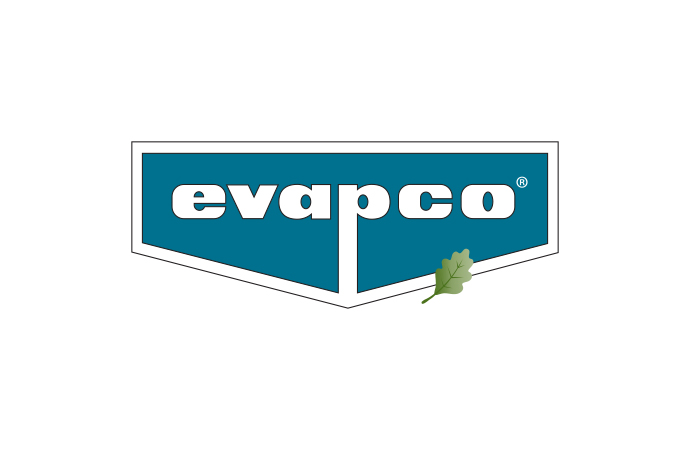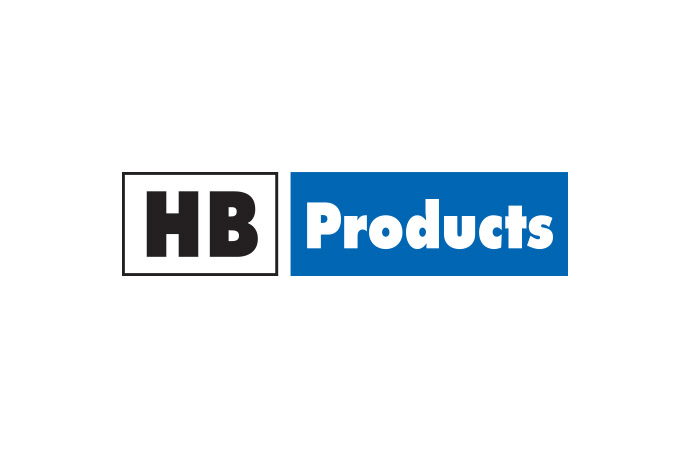The European Association of National AC&R Contractor Associations (AREA) has issued a position on low Global Warming Potential (GWP) refrigerants. The document provides guidance on the basic competences that contractors dealing with such refrigerants should have. AREA concludes that ammonia should find broader applications as a refrigerant than it currently enjoys.

Titled ‘Low GWP Refrigerants: Guidance on use and basic competence requirements for contractors’, the position recognises that international legislation is likely to gradually decrease the use of high GWP refrigerants, effectively encouraging a greater use of low GWP refrigerants such as well known natural refrigerants ammonia, CO2 and hydrocarbons.
Ammonia should find broader applications than it currently enjoys
Ammonia offers three distinct advantages over other commonly used refrigerants:
Applications for ammonia-based refrigeration systems include thermal storage systems, HVAC chillers, process cooling and air conditioning, district cooling systems, supermarkets, convenience stores, air conditioning for the International Space Station and Biosphere II, and increasing output efficiencies for power generation facilities. Further implementation of ammonia use can be foreseen in smaller applications (domestic and commercial) under certain safety conditions.
NH3’s main technical differences to HFCs and basic contractors know-how requirements
According to the paper, the main technical differences include:
Overall, AREA asserts that no refrigerant represents the ideal solution in all cases and for every type of equipment. However, assessing the suitability of a refrigerant in RAC equipments according to their size in terms of energy efficiency, AREA makes out that:
AREA is the European organisation of refrigeration, air-conditioning and heat pump contractors. Established in 1988, AREA voices the interests of 21 national members from 19 European countries, representing more than 9,000 companies across Europe (mainly small to medium sized enterprises), employing some 125,000 people and with an annual turnover approaching €20 billion.
Ammonia should find broader applications than it currently enjoys
Ammonia offers three distinct advantages over other commonly used refrigerants:
- Environmentally sound: Ammonia is an environmentally compatible refrigerant because it has an ozone depletion potential (ODP) of zero and a global warming potential (GWP) of zero.
- Efficient: Because of its superior thermodynamic properties, ammonia as a refrigerant requires less energy than other refrigerants when used in large industrial systems.
- Safe: Ammonia refrigeration has a proven safety record, in part because of the refrigerant’s physical properties (not the least of which is its well-recognizable and easily-detectable smell), compliance with voluntary industry standards and an industry of well-trained operators.
Applications for ammonia-based refrigeration systems include thermal storage systems, HVAC chillers, process cooling and air conditioning, district cooling systems, supermarkets, convenience stores, air conditioning for the International Space Station and Biosphere II, and increasing output efficiencies for power generation facilities. Further implementation of ammonia use can be foreseen in smaller applications (domestic and commercial) under certain safety conditions.
NH3’s main technical differences to HFCs and basic contractors know-how requirements
According to the paper, the main technical differences include:
- Generally ammonia compressors are of open-drive design due to the incompatibility of copper and NH3.
- No compatibility with copper or zinc, so these materials must be avoided.
- Differences in oil return to the compressor must be considered in ammonia refrigeration systems.
- Oils used in ammonia refrigeration systems are insoluble in NH3 while oil solubility is absolutely essential with the halocarbons in order to facilitate oil return.
- Need for pressure vessels
- Tables of toxicity (breath, eyes, skin)
- First Aid First Intervention
- Wear the correct personal protective equipment (PPE)
- Miscibility with water and compatibility with other materials
Overall, AREA asserts that no refrigerant represents the ideal solution in all cases and for every type of equipment. However, assessing the suitability of a refrigerant in RAC equipments according to their size in terms of energy efficiency, AREA makes out that:
- In large systems, CO2 or ammonia are generally more energy efficient
- In small systems, hydrocarbons tend to be more energy efficient
- In between these scales, each equipment should be analysed on a case by case basis
AREA is the European organisation of refrigeration, air-conditioning and heat pump contractors. Established in 1988, AREA voices the interests of 21 national members from 19 European countries, representing more than 9,000 companies across Europe (mainly small to medium sized enterprises), employing some 125,000 people and with an annual turnover approaching €20 billion.
MORE INFORMATION
Related stories




















_1522327086.png)





